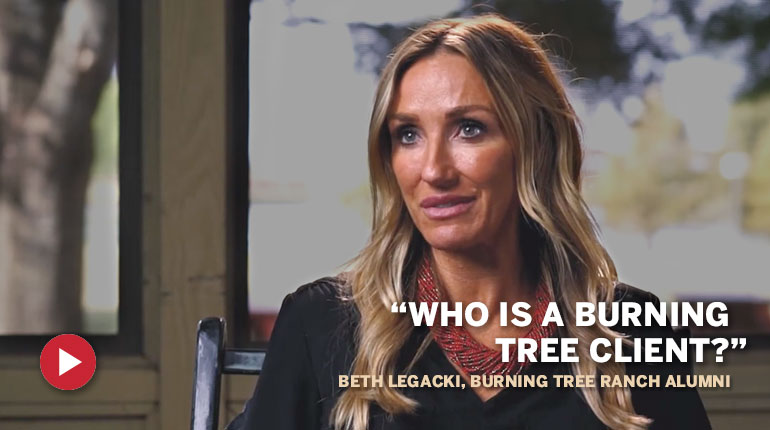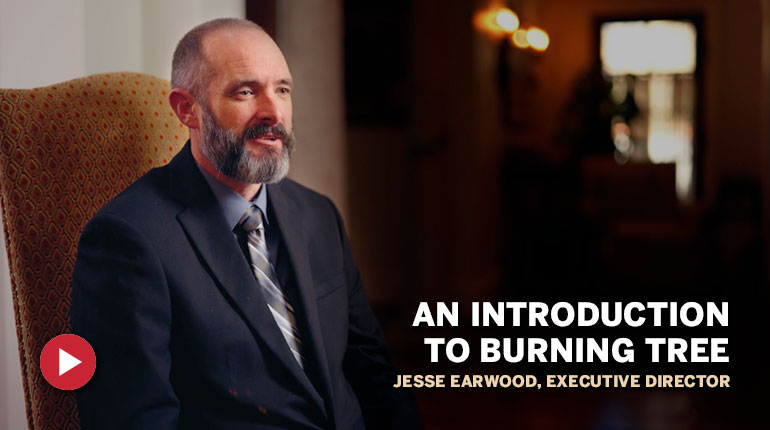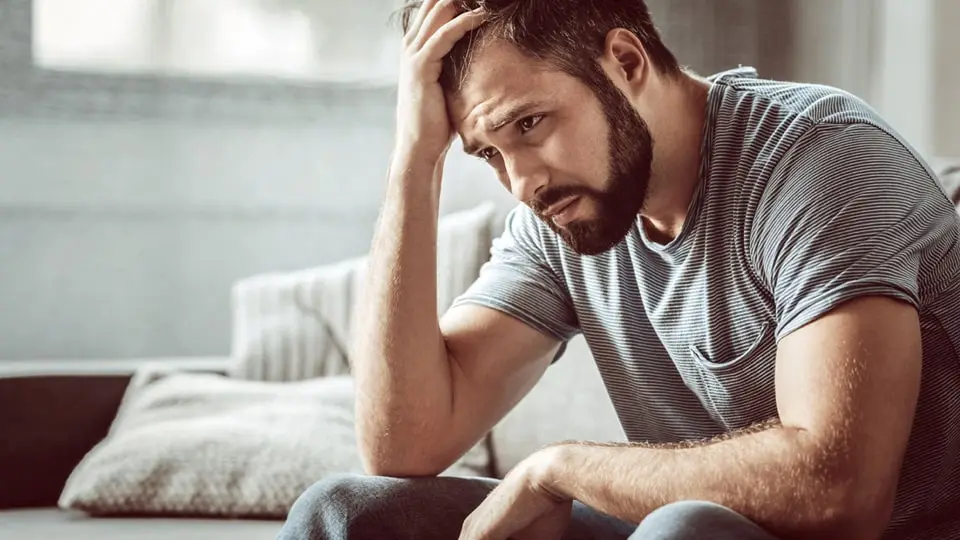The definition of relapse within addiction can be complex. We tend to view it as the moment when a sober individual returns to using their addictive substance again.
A more precise definition would be that relapse refers to the process that leads a sober individual back to substance use. The relapse cycle is multidimensional and its consequences affect each person differently. However, everyone with addiction will either do way more than they intended or not be able to stay stopped.
People who haven’t experienced addiction often believe that it comes down to having the willpower to fight the “craving” to use, but the process is far more complicated and challenging than that.
6 Stages of the Relapse Cycle
There are different versions of the relapse cycle, but they follow the same general idea.
1. First Drink
If we never took a drink in the first place, we wouldn’t have the problems that have piled upon us. Taking this first drink has severe consequences on the alcoholic and those around him or her.
2. Physical Craving
When an alcoholic takes the first drink, they get a phenomenon of craving. Their body literally wants more alcohol. Alcoholics Anonymous calls it the “manifestation of an allergy.”
If someone is allergic to poison ivy, they will get a rash if they touch the plant.
The person allergic to poison ivy can do nothing to prevent this reaction. It would be insane for a person to roll around on a poison ivy plant and think, “This time it will be different. This time I will use my willpower to NOT break out.”
This is very similar to what an alcoholic does. They think it will be different the next time they drink. But it’s not. Their body has reacted abnormally and wants more.
3. Spree
It’s common for addicts to enter a spree state. Whatever the substance, they will keep craving more and more because whatever we take will never be enough. We’ll keep going until something or someone stops us.
For those lucky enough to have supportive friends or family, intervention may lead to a rehabilitation or recovery program.
4. Negative Consequences
Substance abuse, especially after a spree, often creates negative consequences. We might lose our job, spend all our money, damage or destroy relationships, hurt somebody we care about or face legal consequences.
5. Emerging Remorseful
Whenever the person has gone on a spree and “wakes up” from a consequence, they emerge remorseful with a strong resolution to never drink again. They could even bet a million dollars on it, that they will not drink again. However soon if the person has untreated alcoholism, they will become restless and irritable.
6. Mental Obsession
Soon, the alcoholic will have the delusional thought that a drink sounds good. That despite the consequences that have piled up, it will be different this time.
They will long for the ease and comfort that comes from a first drink. And soon if their addiction or alcoholism is not treated properly, they will drink again setting the terrible relapse cycle in motion again.
Breaking the Relapse Cycle
To get more information about our alcohol relapse program or admission to the Burning Tree Ranch facility, click here to contact us. You can also call us on (877) 389-0500.





